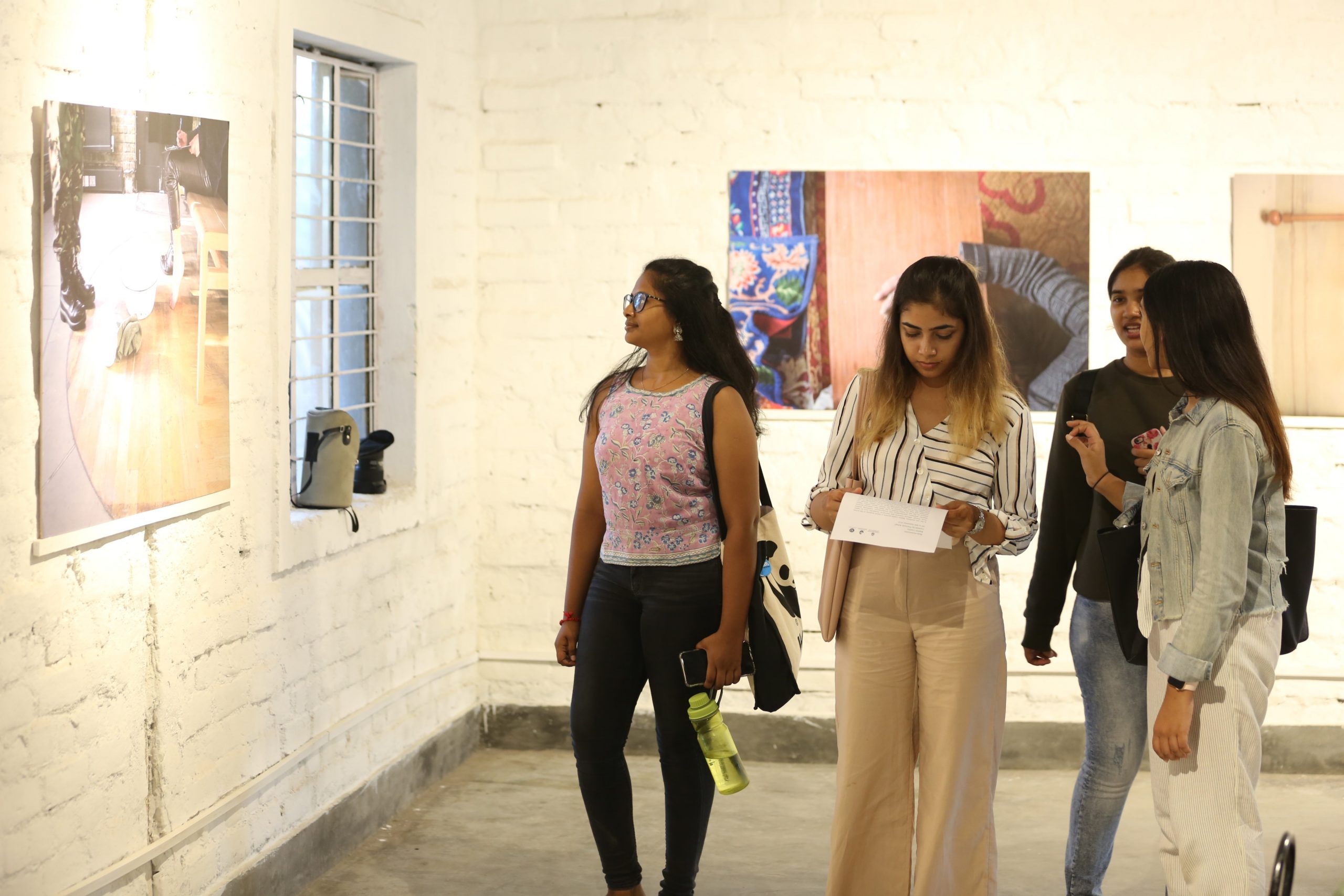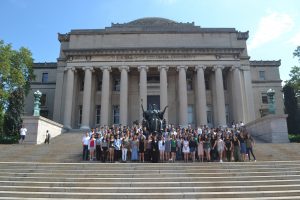In its most fundamental sense, fine arts is all about “art for art’s sake”. It centres around aesthetic value and creative expression rather than utility or practical function. In fact, it functions as a means to bring ideas and concepts to life through different materials, mediums, tools and techniques. Products of the fine arts are appreciated for their intrinsic aesthetics, intellectual properties, and imaginative values.
In its many avatars, art adds vibrance to the world, questions the status quo, and even inspires people to think, feel or act. A career in fine arts draws on creativity, curiosity, courage and zeal; it is an enigmatic path that promises to be filled with adventure.
The road to creatively-fulfilling futures
For young people who thrive in creative environments, fine arts can be a pathway to a very creatively-fulfilling future. Indeed, it takes a leap of faith to pursue an otherwise unconventional field that lays outside of mainstream academic choices. Yet it is the same passion, willingness to take chances and think outside the box that drives artists to carve a niche for themselves.
Traits of creativity and innovation translate into an artist’s proclivity towards endurance in an ever-changing world. There have always been, and will continue to be, changing tides in the art world; but the same fundamental qualities that make for an artistic bent of mind endow artists to take these transformations and challenges in their stride. Armed with imagination, one can look forward to success in various careers of the fine arts.
A diversity of skills & specialisations
Fine arts graduates develop a plethora of creative skills. Undergraduate courses ensure strong roots in art forms ranging across painting, drawing, sculpture, applied arts, photography, pottery, ceramics, printmaking, calligraphy, digital art, illustration, graphic design, as well as theatre, dance and music, and much more. Such foundation knowledge leads to endless choices for specialisations among them, and even beyond.
For a vast subject deeply embedded in hands-on experiences and practical learning, students of the fine arts typically gain exposure to the world they aspire to join, during the course of study. As they meet professionals, work alongside established artists, engage with studios and more, it becomes easier to navigate the course of their own futures. They can build up a vibrant combination of experiences, study and practice.
As a field gaining ground across the world, fine arts offers a potpourri of creative careers. Depending on individual interests, one can find direct prospects as an artist, painter, sculptor, visual artist, art critic, art director, art curator, art conservator, art collector, museum or gallery professional, or pursue adjacent paths as an illustrator, graphic designer, photographer, film-maker, videographer, multimedia artist, animator, cartoonist, teacher, researcher, and so on.
As art continues to converge with other fields like architecture, design, television, film, fashion, even manufacturing and so on, the scope of creative perspectives is also spreading, creating new avenues across the board. Art has moved from the confines of galleries to everyday life. Particularly in an era where technology is redefining the world, the art community has welcomed a bold, refreshed resurgence. The digital space has further opened the doors for creativity to flow more freely, making art accessible, and positioning it an attractive career for talented youth. In this modern context, the scope for art and artists is diversifying life never before.
Skills like creativity, imagination, innovation, intuitive design sense, aesthetic sensibilities, an eye for detail, strong visual, written or oral communication, excellent observation and analytical skills, socio-cultural exposure, open-mindedness, dynamism, and even marketing skills, event management, and so on gained from experiences in the study and practice of the fine arts prepare an individual to adventure into life. So whether you choose to become a practising artist or channel a fine arts perspective as a means to develop your creativity into any other profession, a future sown in fine arts can reap exciting rewards.

Emerging options for freelance or independent artists
The sense of freedom intrinsically linked with creativity means that many artists choose to work independently. In the particularly dynamic world of art, this is even more relevant. The possibility of establishing yourself as a full-time professional in core fine arts areas requires keen efforts in networking, promotion, and marketing. At the same time, freelancing is increasingly a viable option for artists, who can take on contractual work or commissioned jobs. Mainstays of the gig economy, artists find freelance projects in the art world and beyond, though it is a dynamic environment. Prospective employers for artists include the likes of art galleries, art studios, to advertising agencies, manufacturing firms, digital media, print media, publishing houses, corporates, businesses, textile companies, fashion houses, etc.
The power of art
Art wears many guises, and ranges in its conception from art for aesthetics, to art for a cause. Beyond visual appeal, the very nature of the world we live in has inspired artists to weave meanings into their artwork. Art has the power to reveal the realities of life, depict uncomfortable truths and perhaps even envision a better world. From millennia-old cave paintings that give us insights into a forgotten world, to modern art that has filled galleries, streets and homes across the globe with messages of climate change, racism, socio-political ideologies, war, peace, and so much more—there is an undeniable potency in art as a medium to bridge social, political and cultural barriers. It is a universal language that knows no boundaries or constraints of time.
Take Pablo Picasso’s iconic political piece, ‘Guernica’ of 1937, for instance. It renders the brutal aftermath of Hitler’s bombing on a small Spanish town, and has become a timeless reminder of the tragedies of war; a symbol of peace. Zoom ahead to recent times, and you will find the four-foot tall, bronze ‘Fearless Girl’ who so confidently stood her own, facing the mammothian ‘Charging Bull’ statue at Wall Street, New York. It is a contemporary masterpiece. Though the statue was removed from its original position, it will forever remain instilled as an intense moment of women’s empowerment for generations to come. Between and beyond these iconic works is an endless array of art that has brought bits of beauty and inspiration into our world. Through painting, fashion, film, music, and beyond, artists across the globe are rewriting the narrative with creative abandon.
It is to this league of changemakers who shine the mighty, enchanting glow of creativity onto the world, that young artists in-the-making can aspire. A contemporary education in fine arts therefore must ensure that graduates are not only familiar with the nuances of art, but the complexities of the world we live in. Through a better understanding of history, politics, philosophy, culture, society, and even technology and beyond, one is equipped to blend meaningful multidimensional perspectives into their art.





